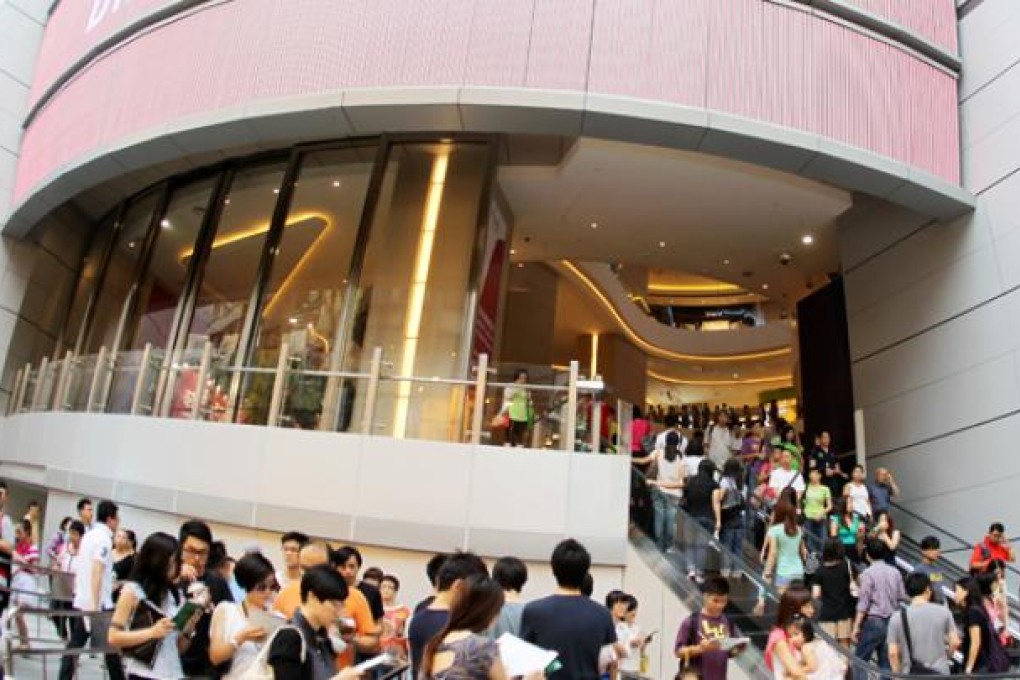
Just when we thought Causeway Bay couldn’t get any more crowded, we decided to stick another mega mall right on the Hennessy thoroughfare between Sogo and Times Square. This past August, Hysan Place opened its doors amidst great hype and expectations. Considering that Causeway Bay hasn’t seen a new shopping centre since Times Square opened 18 years ago, the unveiling of Hysan Place is a signal that the island’s busiest shopping district is finally catching up with its arch-rival TST, where new malls like iSquare, K-11 and The One have been springing up like mushrooms after a rain shower.
With 17 floors and 450,000 square feet of shopping space, the new-kid-on-the-block has made Causeway Bay hip again and promises to draw the weekend crowds back to this side of the harbour.
Two months after the grand opening, the shoulder-to-shoulder crowds at Eslite Bookstore, the mall’s anchor tenant, have subsided. The queue of teenagers outside Hollister has also disappeared. The receding crowds have allowed mall management to catch their breath and work out some of the initial kinks, such as the mass confusion at every elevator bank and the backed up escalators at the atrium level.
Although things are starting to fall into place, one big item remains outstanding: the third Apple Store in Hong Kong – the worst kept secret in the retail circuit – is still not ready for business. As impatient iFanatics wonder why the renovation is taking so long, we’ll take a closer look at the new mall and see how it stacks up against its peers.

